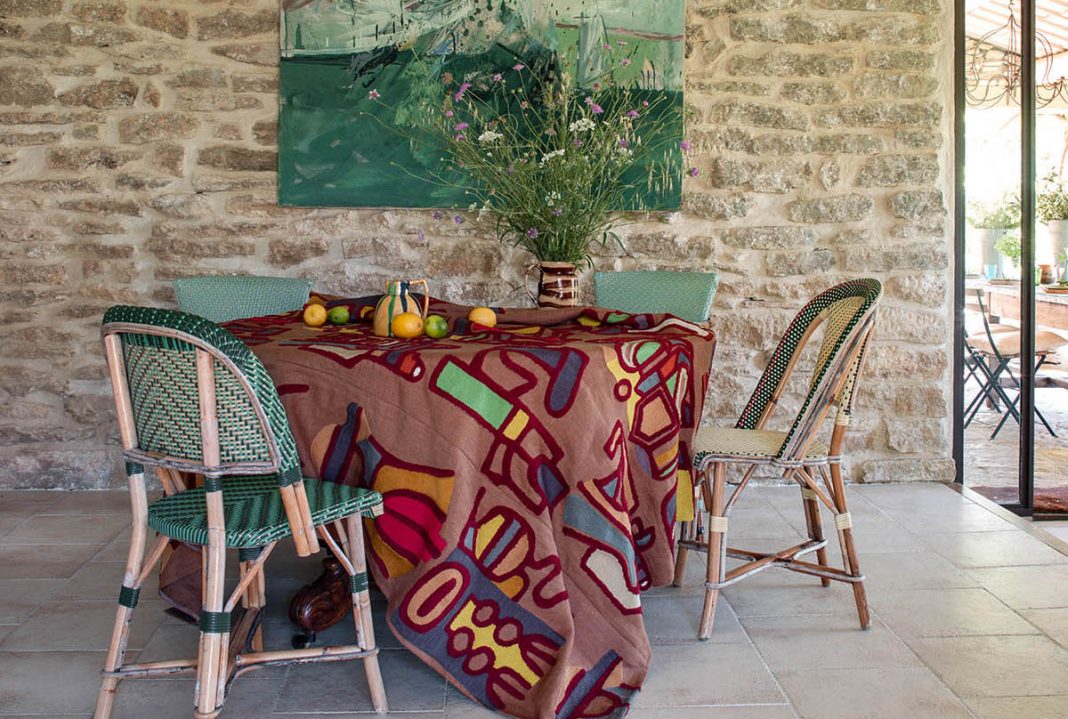Take a look inside the French country house of Patrick Frey, deep in the heart of Provence

Photography Joanna MacLennan
Words Judy Diamond
Looking out from the terrace across his garden, Patrick Frey has a vision of paradise. Thyme, lavender and rosemary fill the air with their perfume, white butterflies dance around the fragrant roses, and the only sound is the contented buzzing of bees. Even here in the shade of a gnarled pine tree, the morning is already heating up, sunshine warming the old stone of the house. After breakfast Patrick and his wife Lorraine will head out to browse the local antiques market, pick up freshly baked bread and then return for a long lunch in the garden. It’s paradise, yes, but for the Freys it’s also just a typical day in Provence.
Lorraine spends large chunks of the year here and Patrick joins her as often as he can. As the head of the revered French fabric house Pierre Frey, work keeps him in Paris where the couple have their main home. But whenever he has the chance to escape, he jumps on the fast train south.

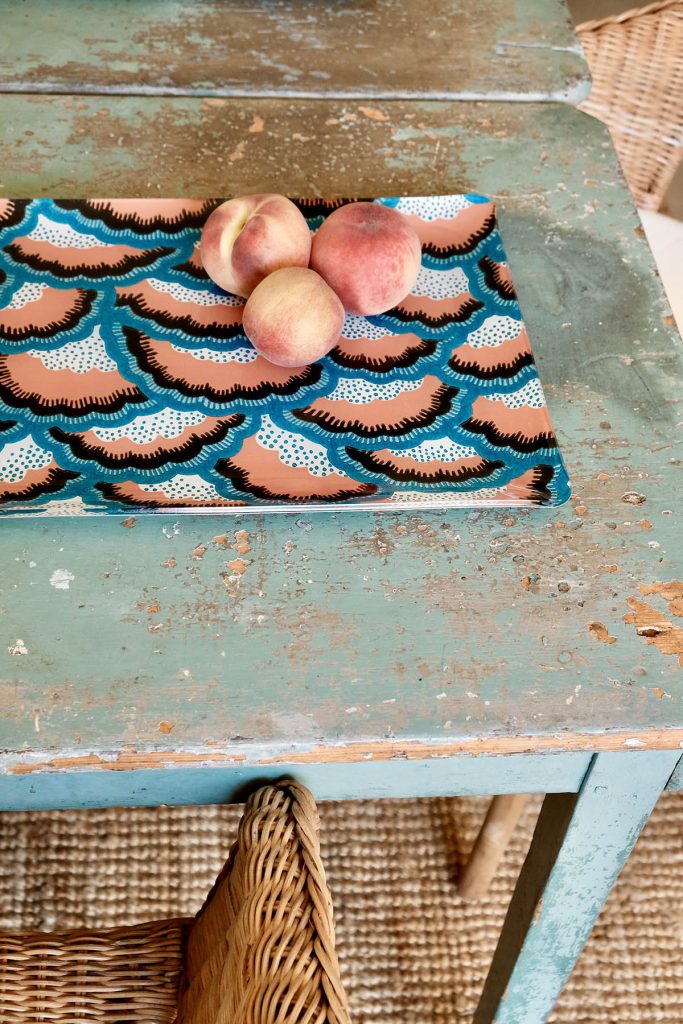
The garden is glorious, of course, but it’s the house – an old farmhouse known as a bastide – that’s the big draw. “It’s not very sophisticated but that’s part of its charm,” Patrick says of it. “The rooms are small and the walls are made of thick stone to keep it warm or cool, depending on the season. It’s a typical Provençal house and we just fell in love with it.”
The building dates from the 18th century (it is listed in a Napoleonic survey of 1823), when it was peasant housing. Over time it became a farm and was extended and altered as the decades passed. It was split in two during the 20th century, something the Freys set out to remedy a couple of years after they bought it in 2010. “We were doing some renovations and we took the opportunity to reunite the two halves,” recalls Lorraine. “We also created terraces and pergolas. These allow you to shelter from the Mistral [the cold wind that whistles down from the north], protect yourself from the hot sun in summer and enjoy the light in winter. It’s so pleasant all year round.”

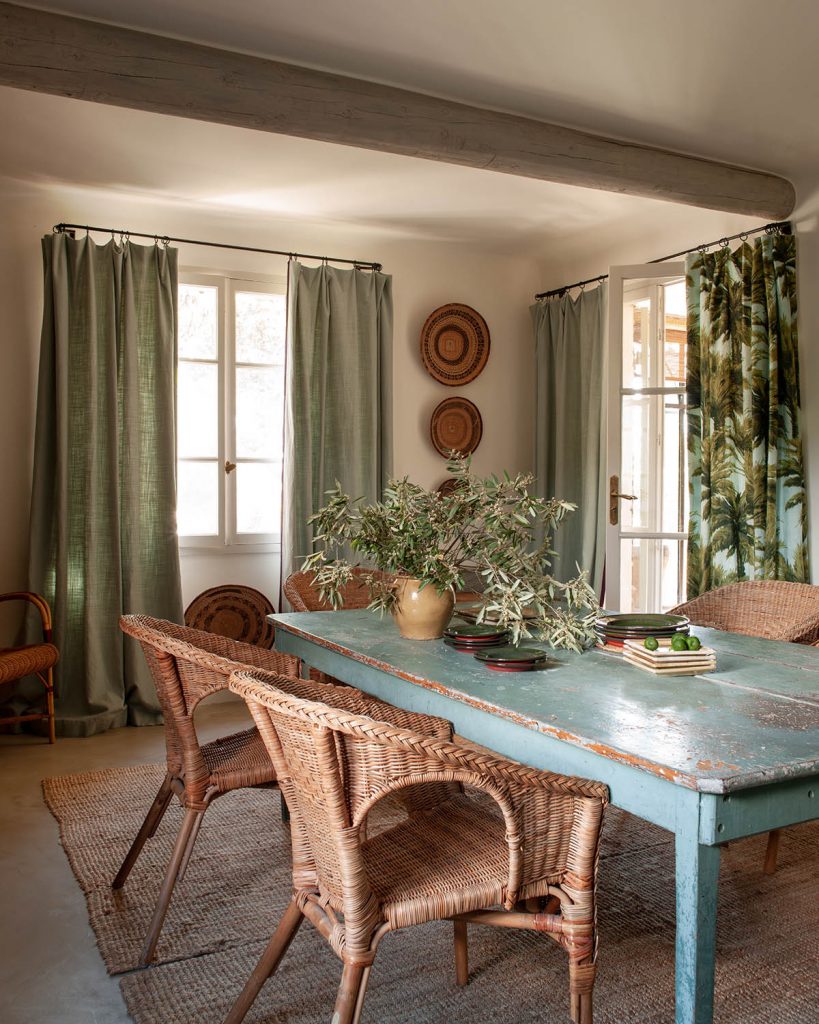
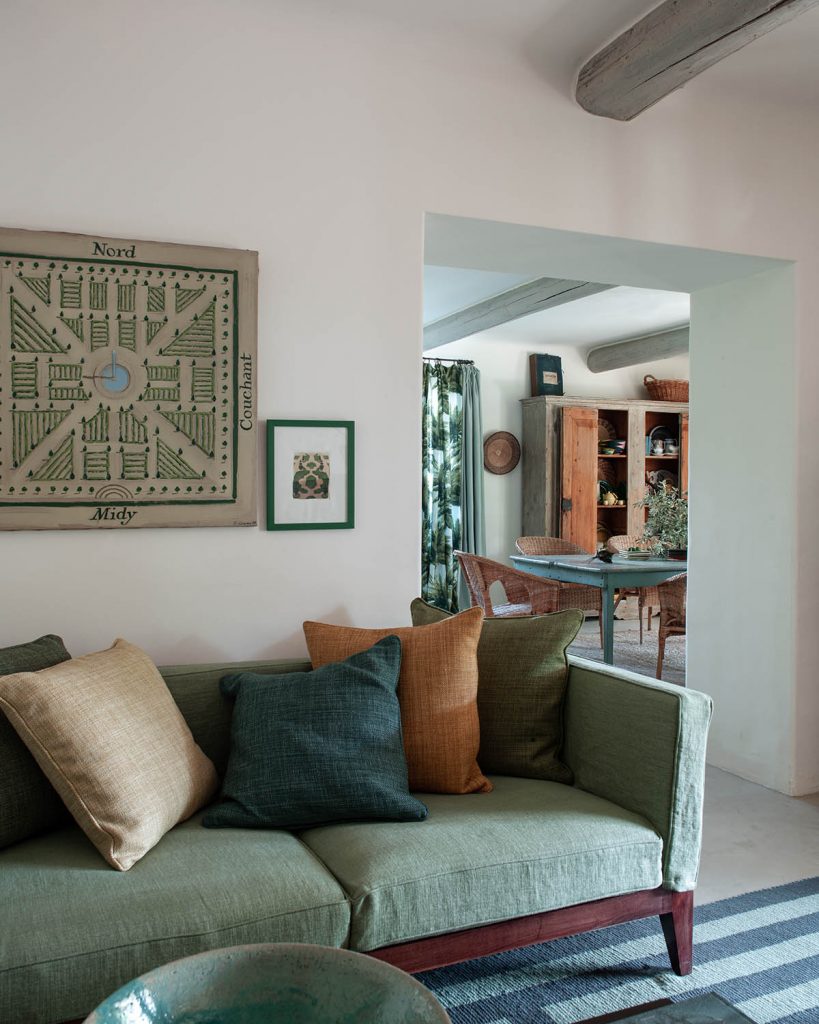
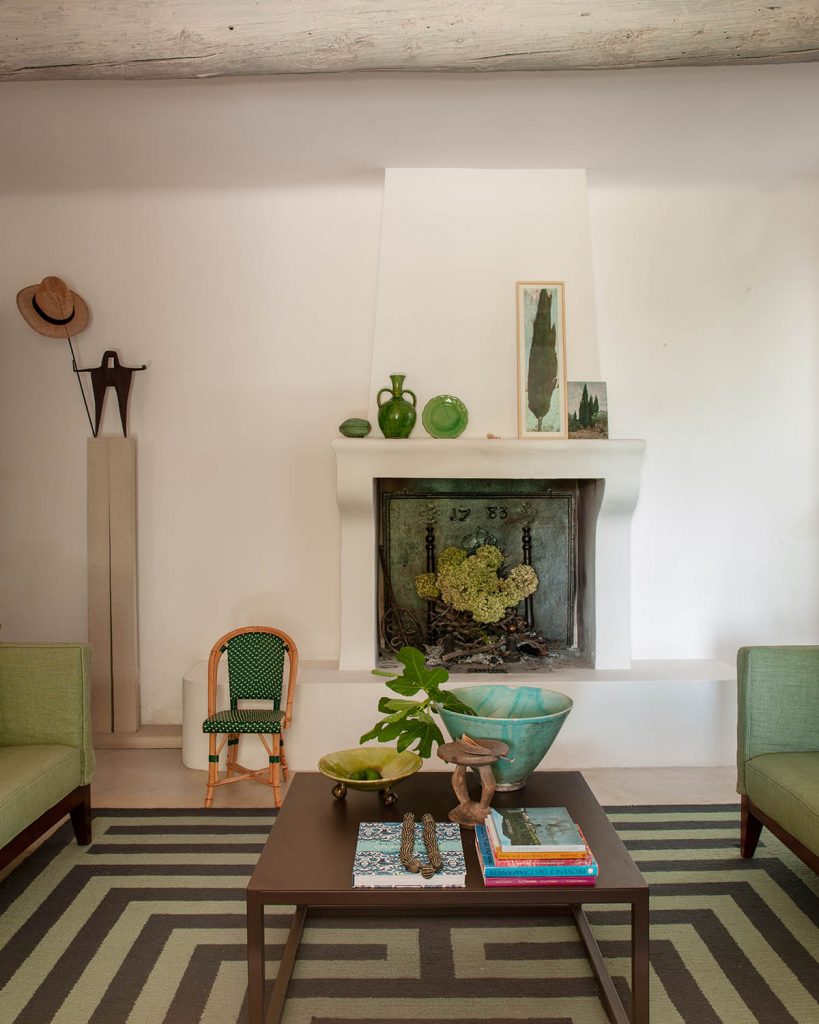
The house is in the Luberon, one of the most beautiful corners of the south of France. Far from the glitz of the Riviera, this is a region of craggy hilltop villages, endless fields of lavender and sunflowers (Van Gogh painted in nearby Arles), and a slower-paced, more traditional way of life. The markets overflow with melons, peaches, ripe figs and olives, and you’ll find the punchy flavours of tapenade, aioli and pastis on all the local menus. “One of my favourite treats is the olive bread, a typical product from Provence – but I have to admit I love every type of food!” laughs Patrick. “It is such a joy to be able to buy directly from the little producers at the market and share their affection for the local ingredients.”
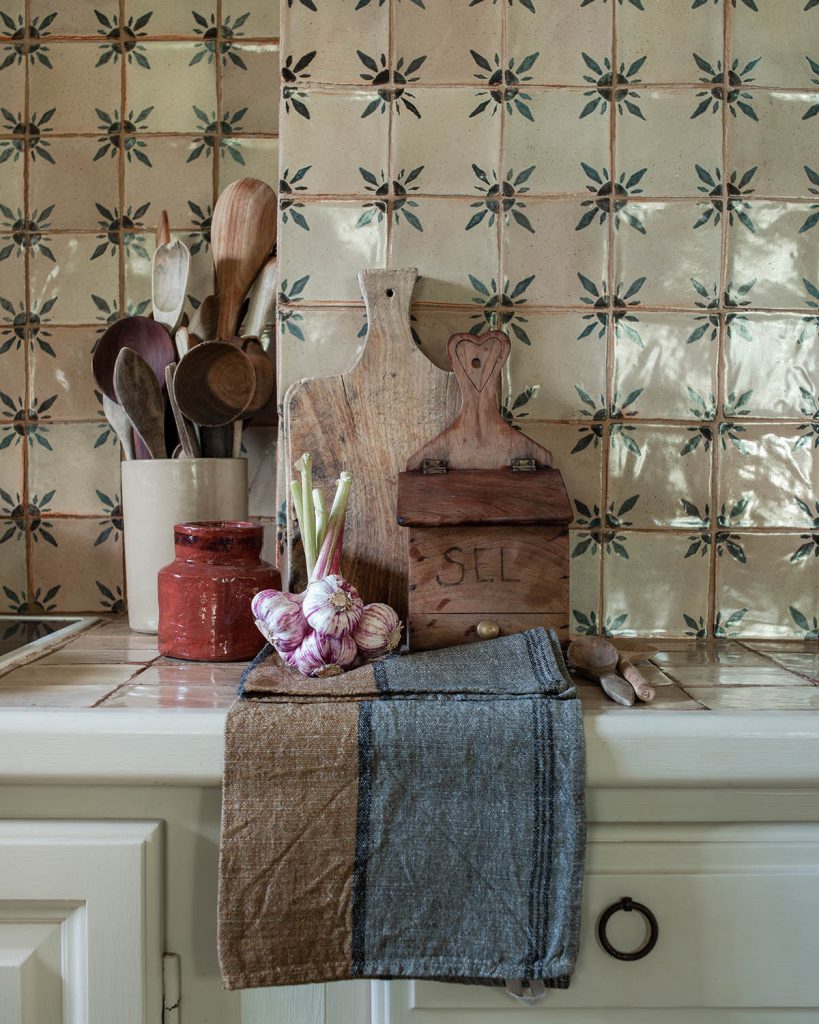
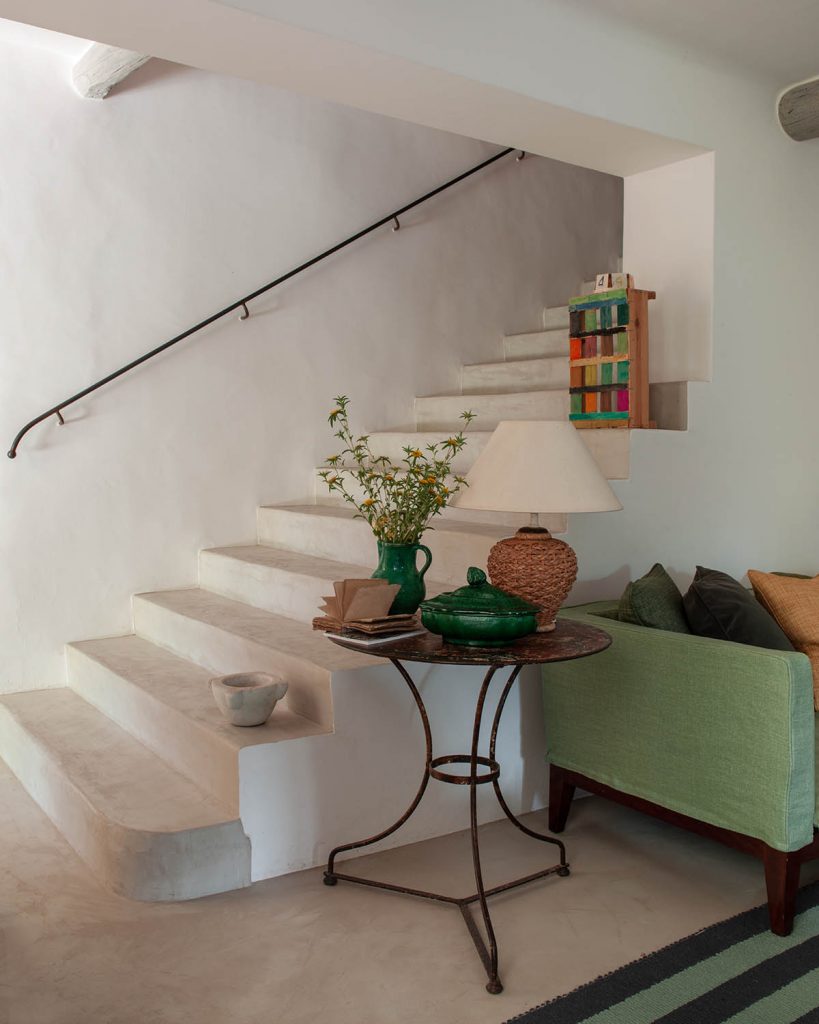
Patrick’s father established the family business in 1935, going on to produce unrivalled collections of printed and woven textiles. The archives of other prestigious brands such as Braquenié and Le Manach were gradually acquired and today Pierre Frey, still family-owned, designs and manufactures fabrics, wallpapers, rugs and furniture. There is an emphasis on using heritage looms, traditional techniques and specialist artisans, keeping alive French craftsmanship and know-how dating back centuries.
Patrick took over as artistic director in 1969 and now runs the company with his three sons. He still oversees all the studio’s designs. Last year’s Joie de Vivre collection has its roots very firmly in Provence, displaying sunny warmth and local motifs. There are examples of it in the bastide – in the cushions on the day bed in the living room, for instance – but the decor is really inspired by the house’s surroundings. “The palette is green and yellow, to echo the nature all around and the sun which shines so often here,” says Lorraine.
“It’s all about the harmony of the colours, to give the impression that the house is a continuation of the garden and nature,” adds Patrick. “We’ve used some prints here and there that I particularly like, but we change these every two or three years. It’s more about contrasting materials than about colour: we like to mix linen, cotton and velvet, for instance.”
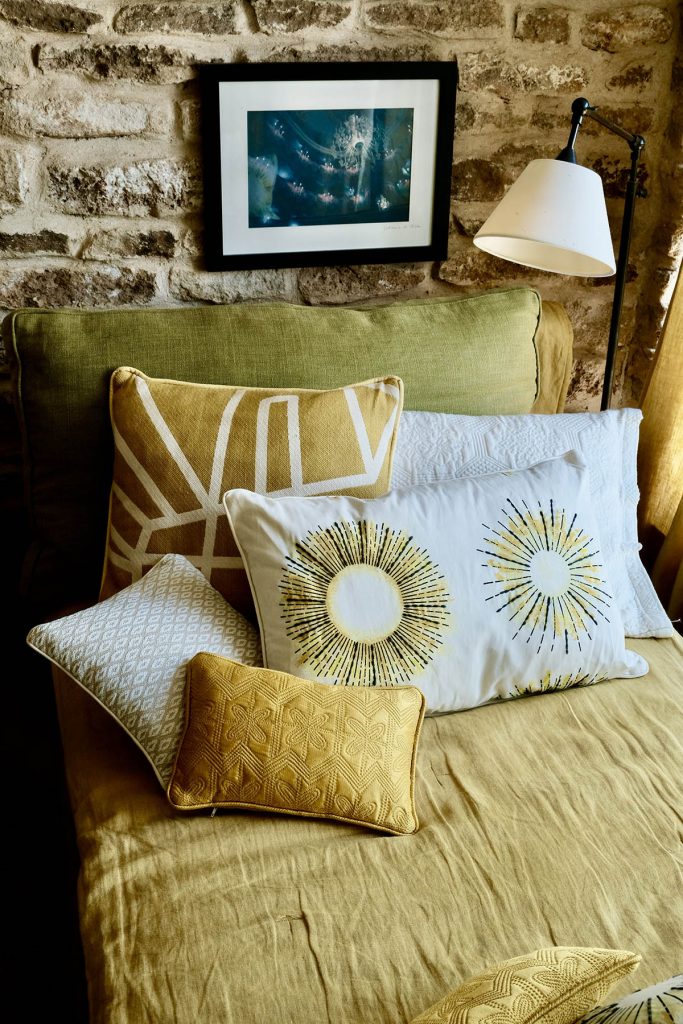

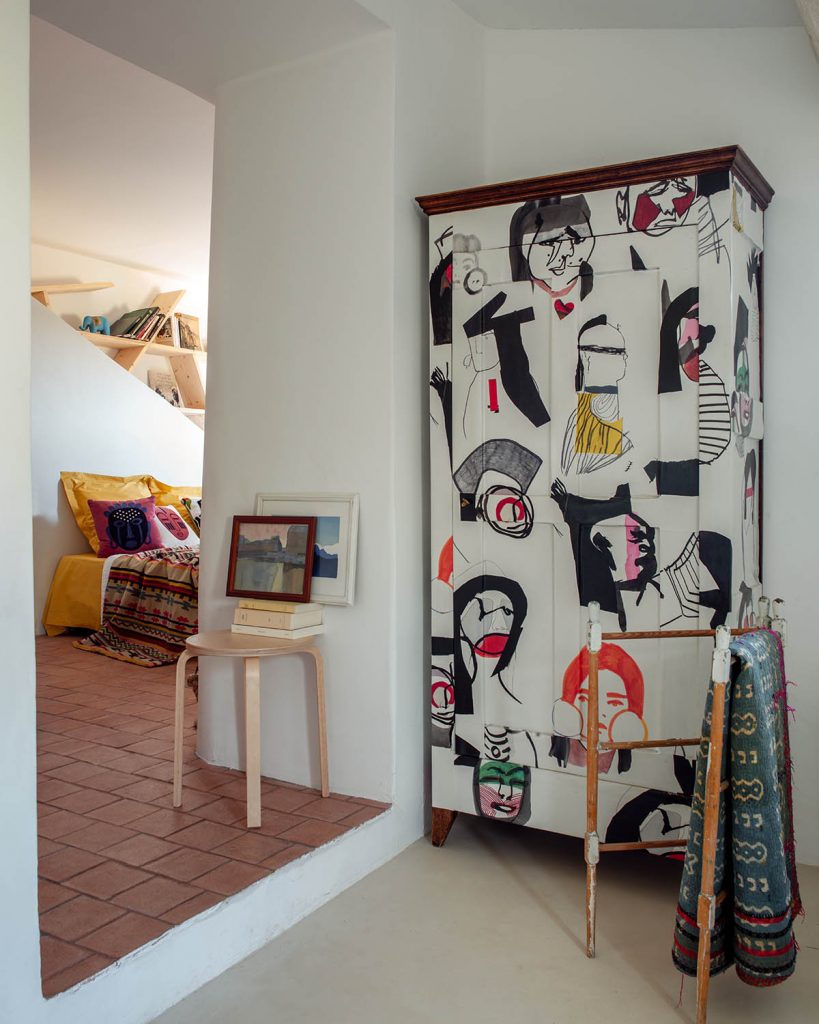
The structure of the old building can be seen in almost every room, contributing its own palette of materials. Rugged stone walls and a striking vaulted ceiling have been cleaned up and left exposed. Sturdy timber beams, time-worn flagstones and painted kitchen tiles all hint at the bastide’s past. The windows are small (the traditional way to control the temperature in all seasons) but big glazed doors and room dividers have been inserted, a clever way to allow both separate spaces and an airy sense of flow.
Self-coloured linens, in an appealing mix of soft pastels interspersed with flashes of bold red or gold, have been used for the curtains and much of the upholstery. There are wicker chairs, elegantly distressed paintwork and intriguing ethnic objects, a souvenir of South Africa, where Lorraine spent her childhood.
The couple also collect old Provençal armchairs and toile de Jouy from the 18th century, and a lot of their furnishings are finds from local flea markets and salerooms. The nearby Isle-sur-la-Sorgue market and its three hundred dealers is a gold mine. It was here the couple found one of their favourites – an old Provençal cupboard which they use to store their crockery, always leaving it open as part of the decoration. The Freys have a good eye, of course, but they also put in the work. The secret to success, they insist, is to go often: “Some days you won’t find anything but the next week you’ll leave with your hands full of wonders.”
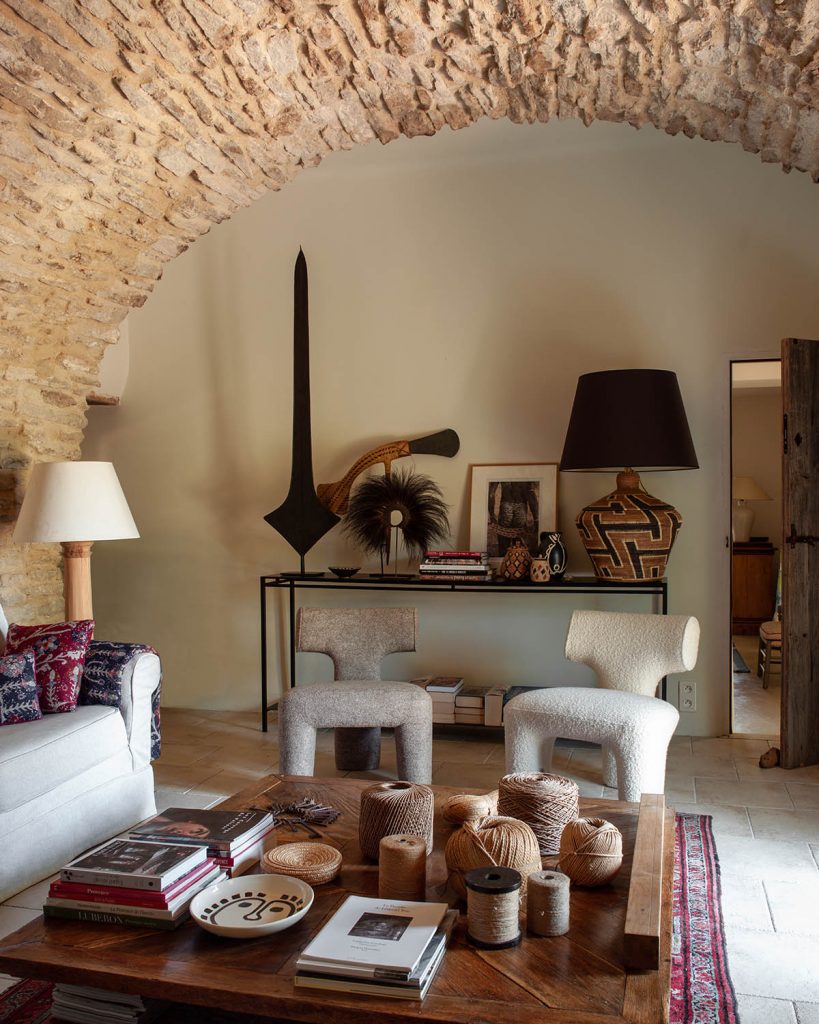
Friends and family, not surprisingly, invite themselves to stay as often as possible. “Our children and grandchildren love it here and we love having them around,” says Lorraine. “That’s the reason we wanted more guestrooms – this home is meant to be welcoming. We all feel so relaxed here. It’s such a break from the crazy rhythm of the city.”
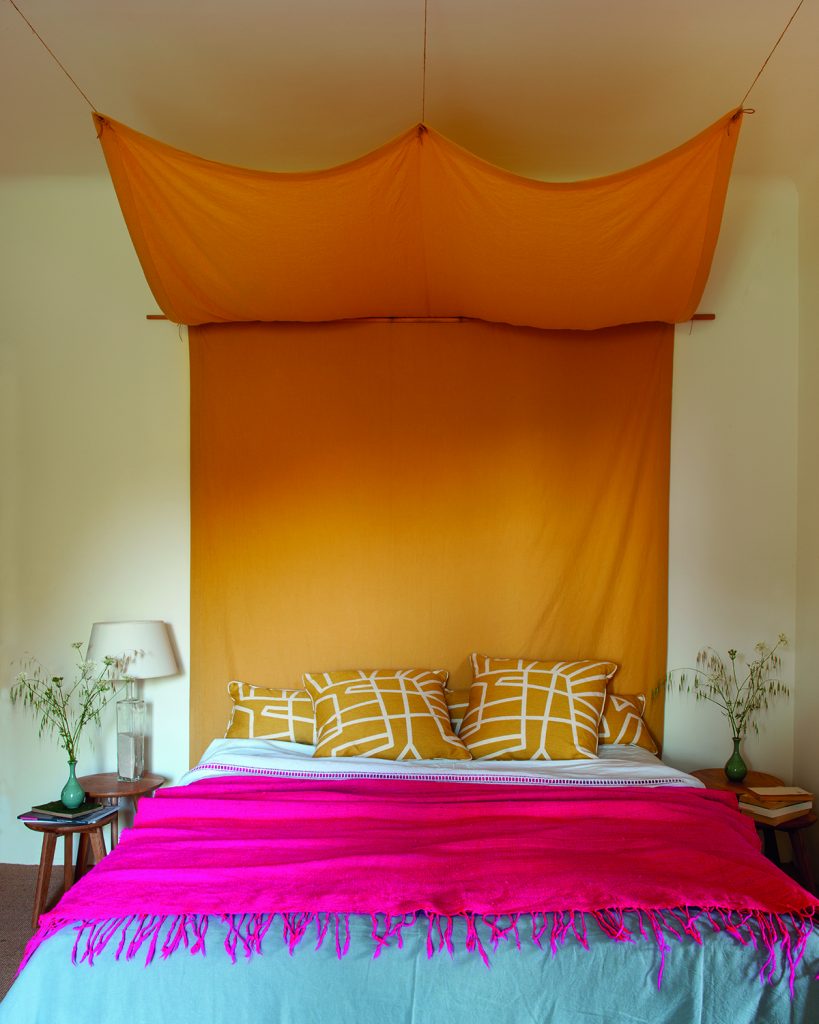

With a full house, life spills out into the garden. There’s about an acre and a half of grounds filled with clipped evergreens, fragrant shrubs and Mediterranean plants. There are terraces of olive trees too – so many, in fact, that the Freys are able to bottle their own olive oil. In the heat of summer, every meal is enjoyed alfresco. “The best part of the day is breakfast under the pergola with the sun coming through, creating an ethereal atmosphere. I’ve never experienced anything like it anywhere else,” says Lorraine.
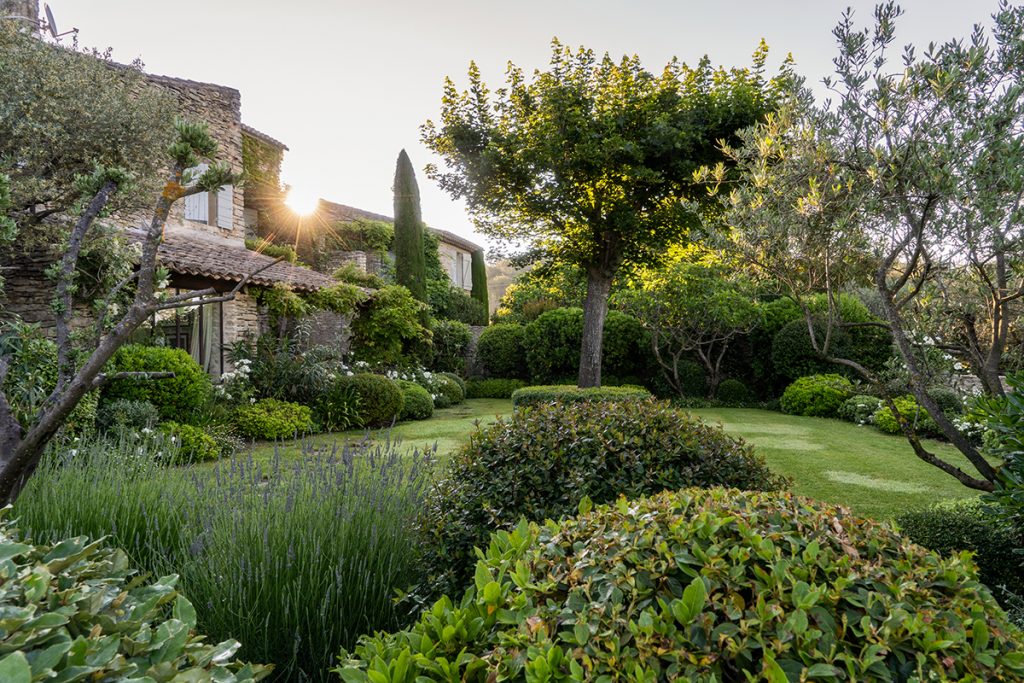
In cooler seasons, the colourful cosy dining room is put to good use. “Cooking is all about good smells and bright colours – it has always been a pleasure and an occasion to share love and affection with one another and our guests,” adds Patrick.
These two have clearly mastered what the French call l’art de vivre: they take the time to appreciate the good things in life. It’s not about expensive luxuries but about everyday pleasures: good coffee, good bread, good company, good conversation. “I love walking around the garden, just looking at the flowers and plants,” concludes Patrick. “It is so peaceful. To be honest with you, any day in Provence is a perfect day to me.”
Fancy some inspiration closer to home? Take a look at this Georgian townhouse in Edinburgh, owned by interior designer Lisa Guest


